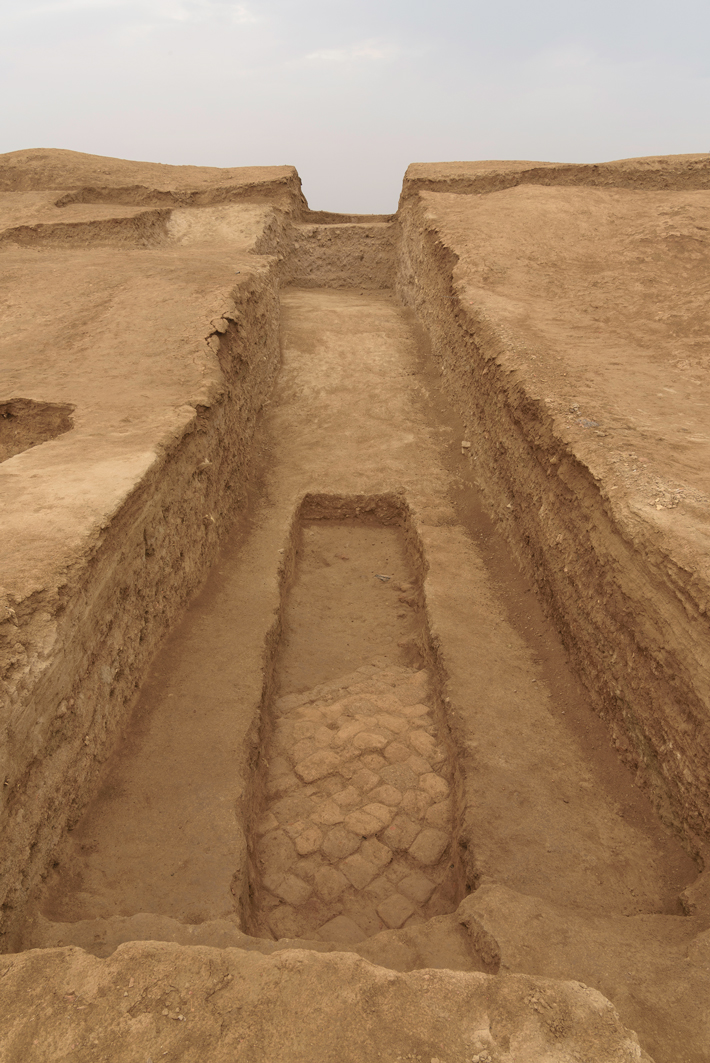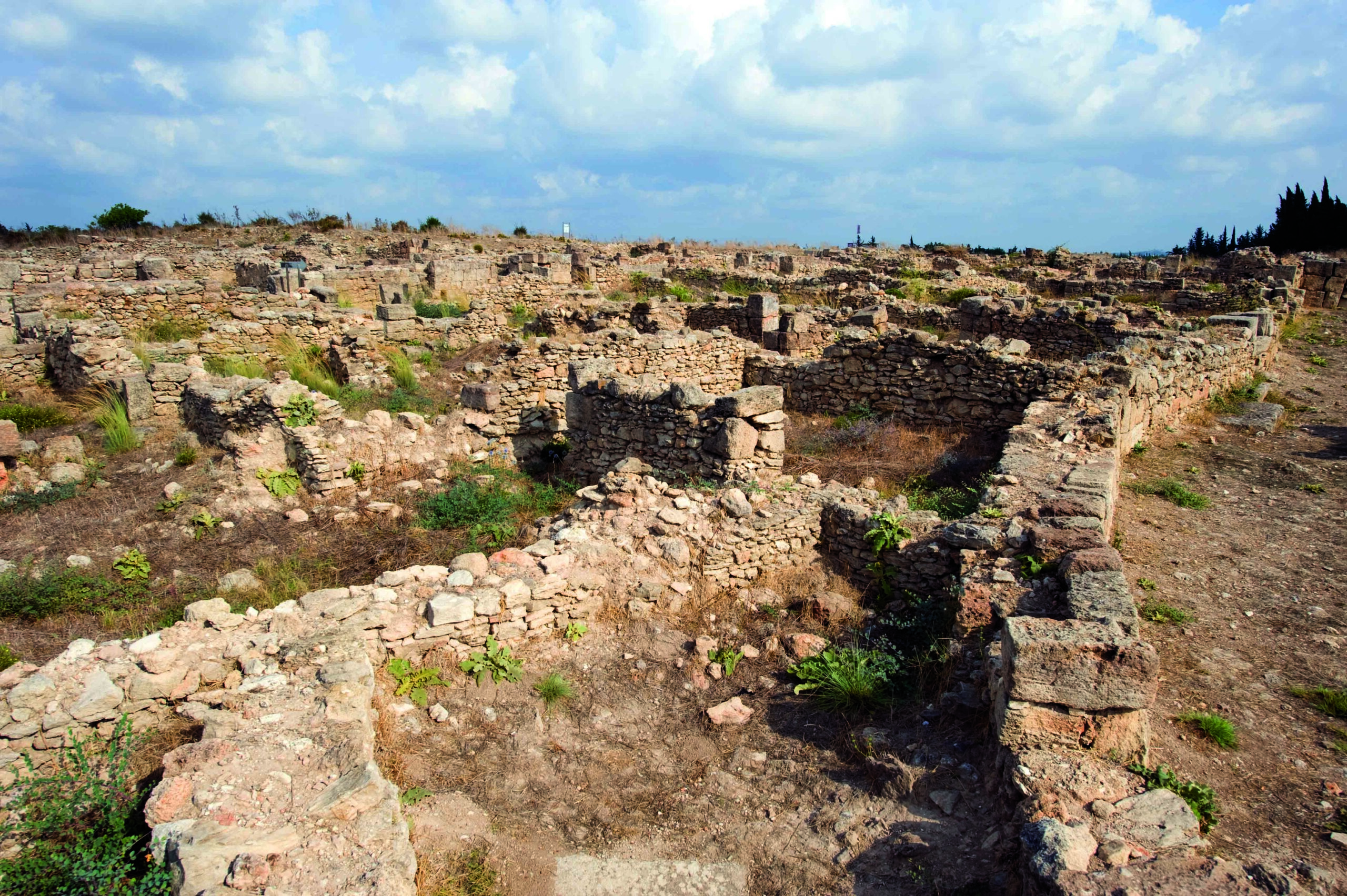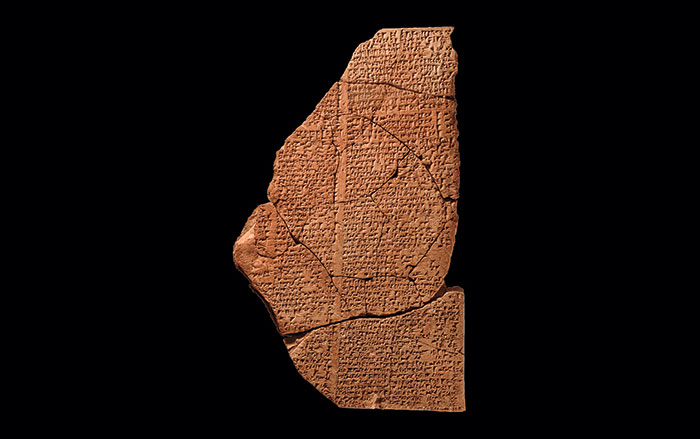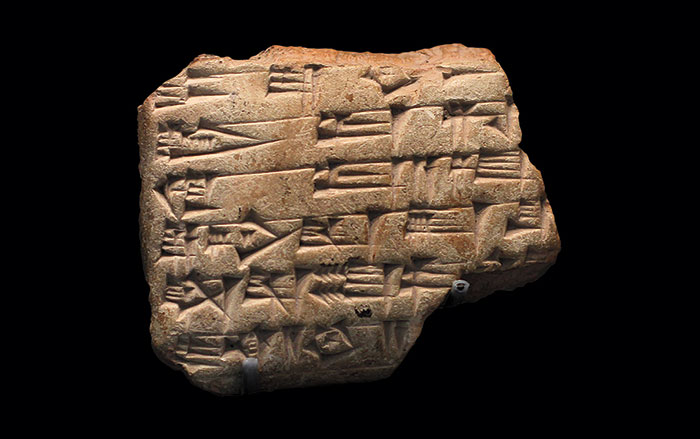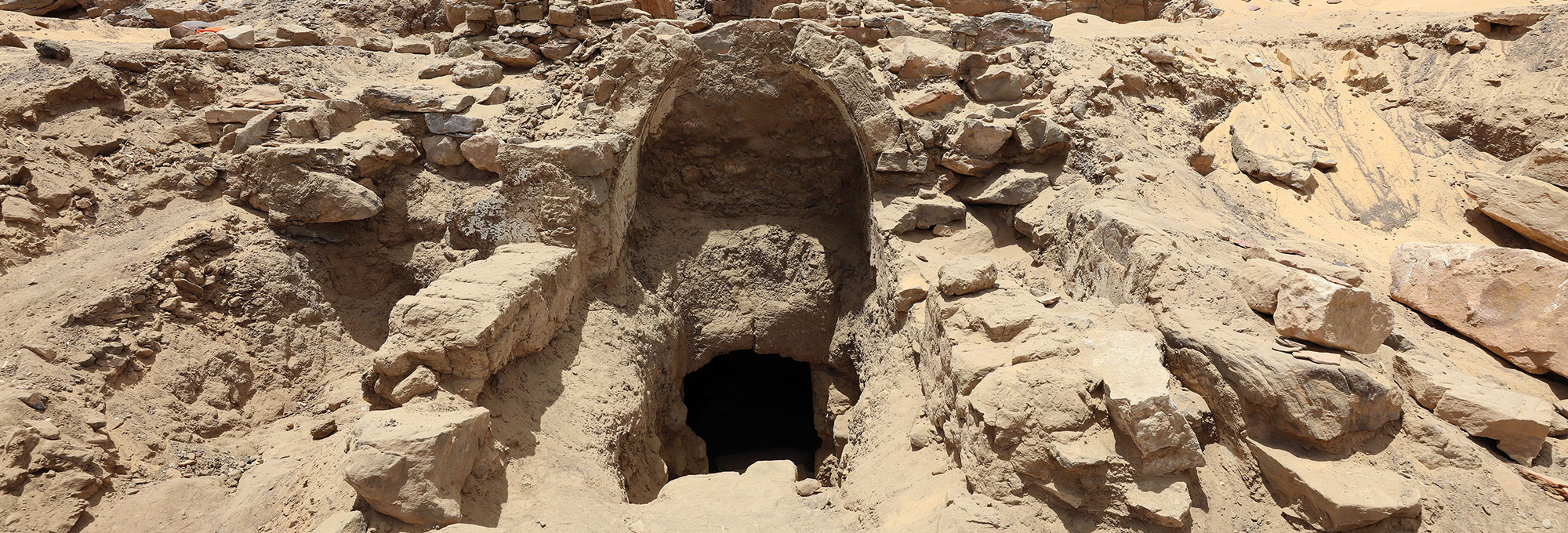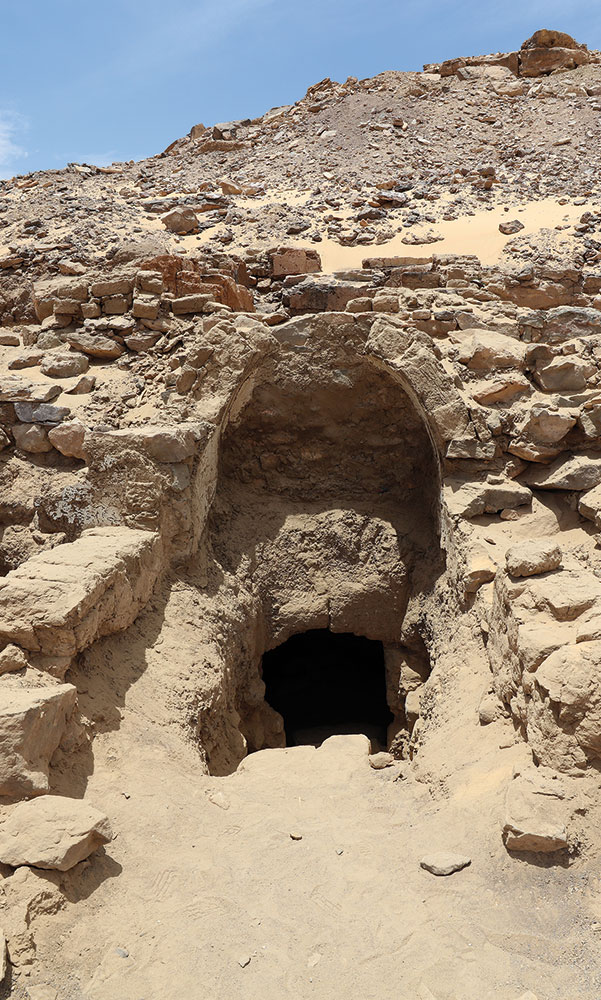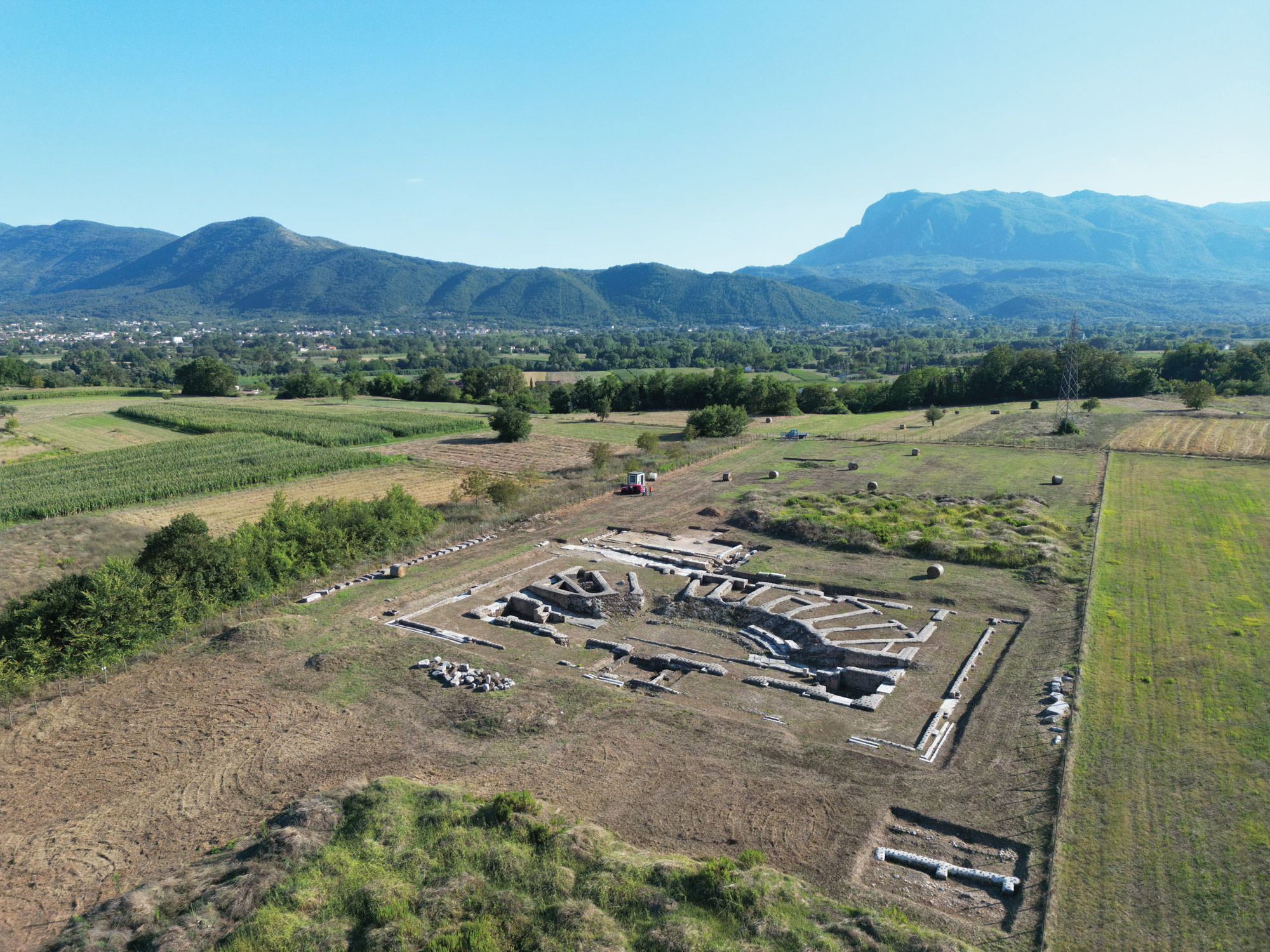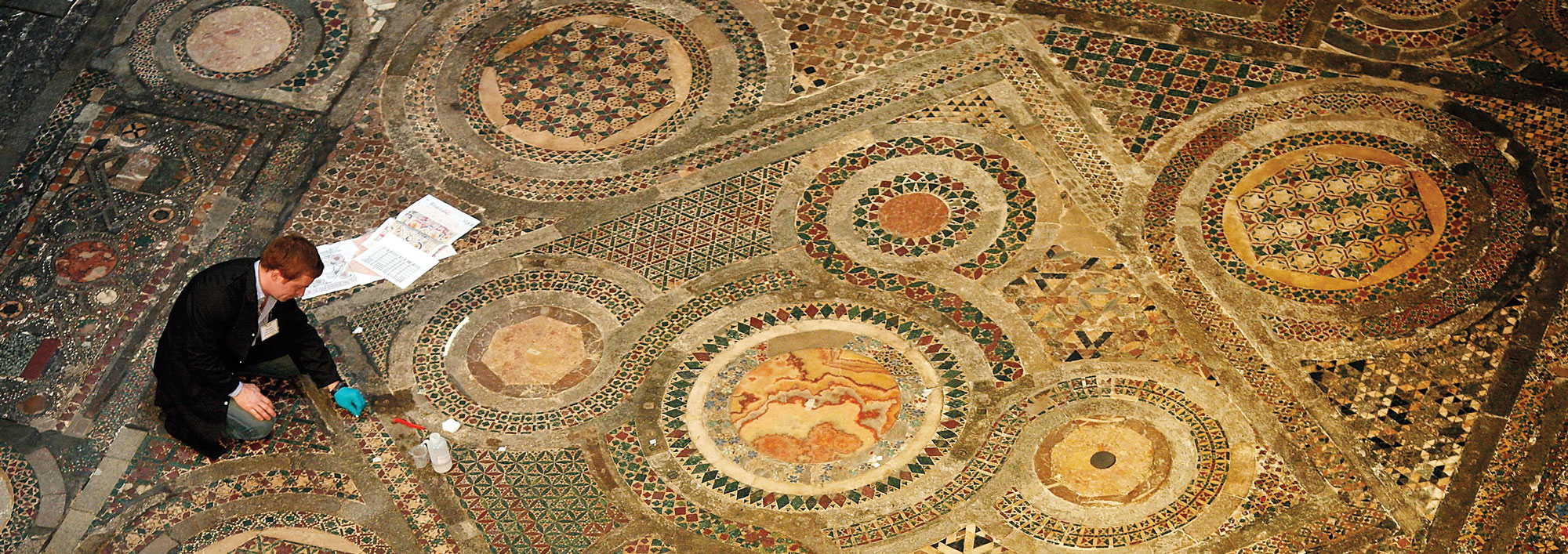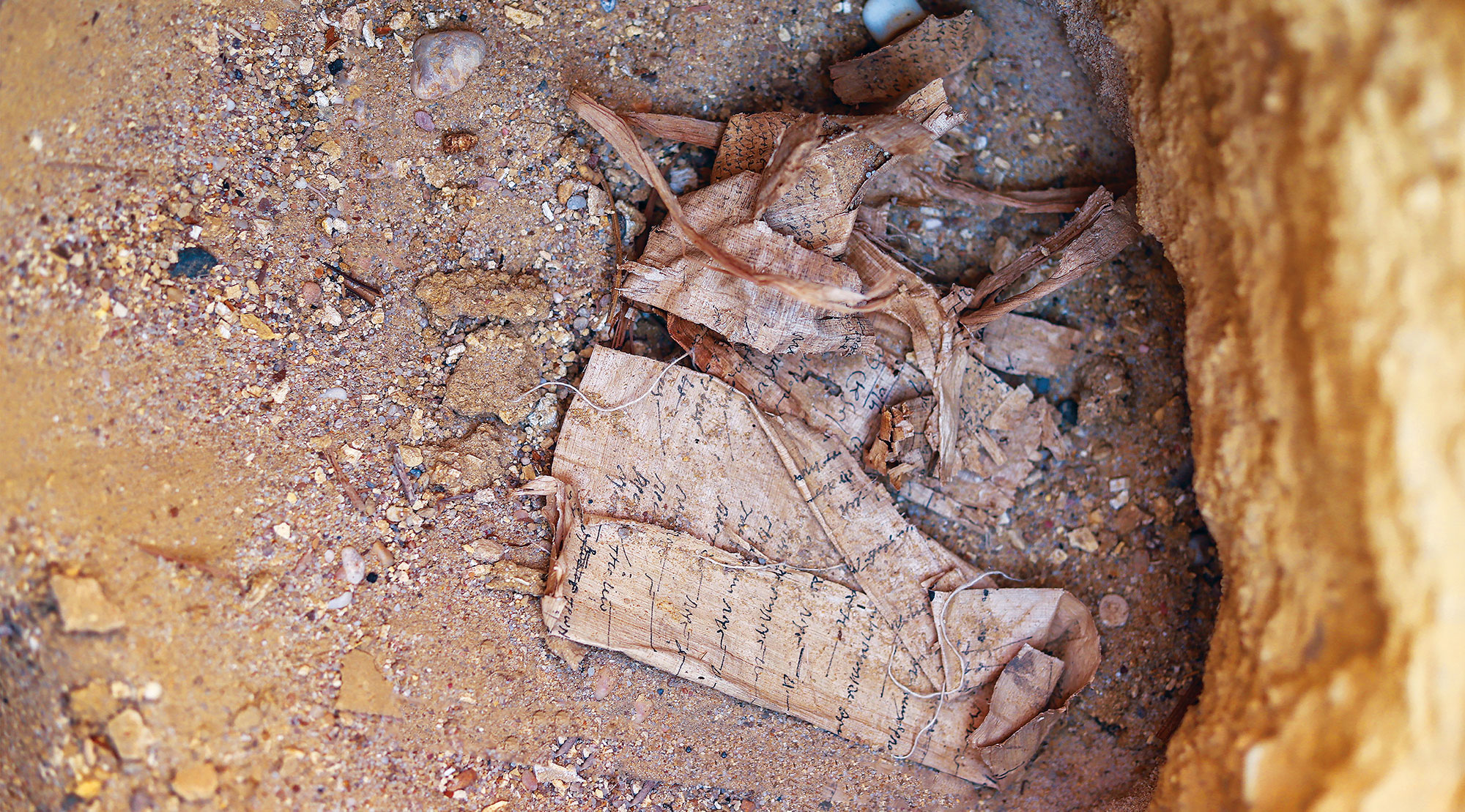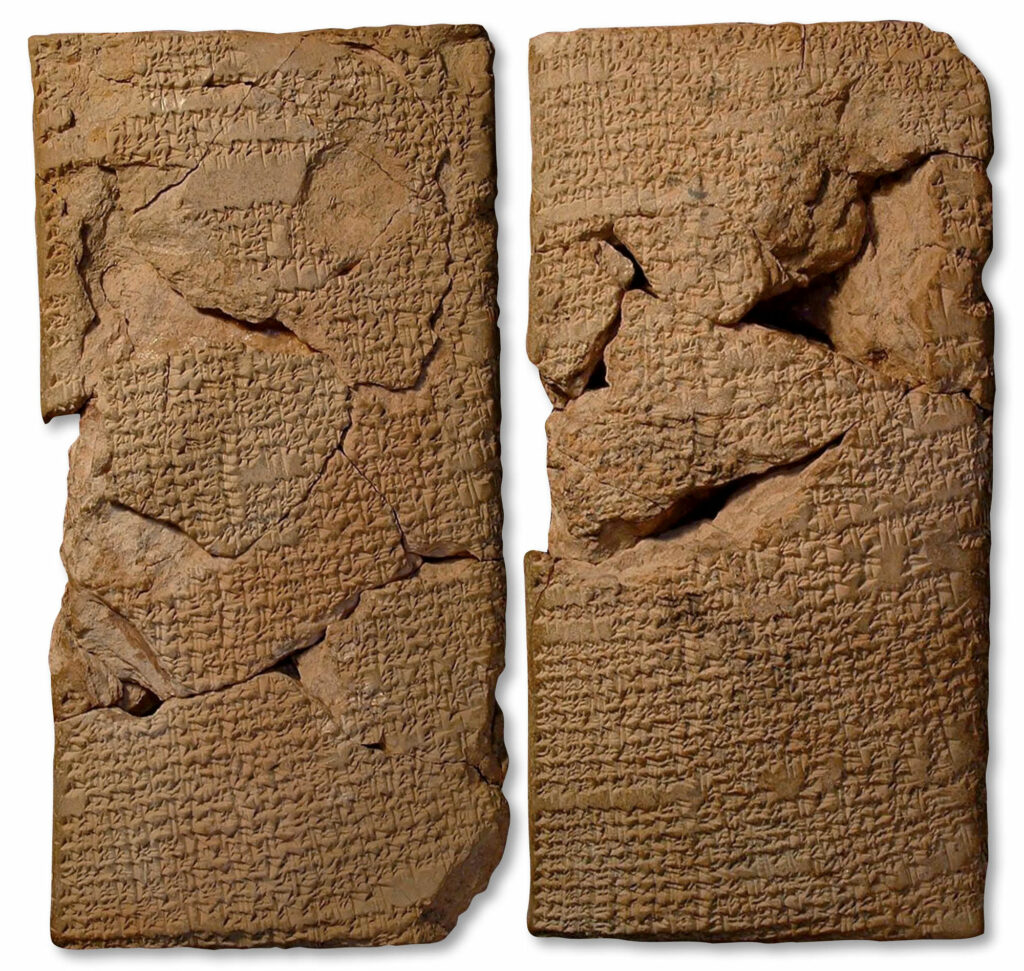
The British Museum houses around 130,000 clay tablets from ancient Mesopotamia written in cuneiform script between 3200 b.c. and the first century a.d. Since so few scholars can read the languages on the tablets—which include Akkadian, Sumerian, and Hittite—the overwhelming majority remain untranslated. Four newly deciphered tablets written in Old Babylonian, a form of Akkadian, have been found to contain the earliest known mention of omens related to lunar eclipses. These tablets, which likely come from Sippar, a Babylonian city in modern Iraq, were acquired by the museum more than a century ago and date to between 1900 and 1600 b.c.
Unusual celestial events were especially worrisome for the Babylonians because they believed the gods placed messages in the heavens to express their displeasure. Eclipses were considered particularly ominous warnings of impending punishment. “The sky and the Earth were mirror images,” says Assyriologist Andrew George of the University of London, “so events in the sky had counterparts in events on Earth.” To attempt to stay ahead of the gods, Babylonian kings employed astronomers to watch the skies day and night, keeping an eye out for strange phenomena. The astronomers recorded their observations on tablets so the king could be made aware of what might befall his empire. “Celestial divination was a serious business practiced in royal courts as a way of understanding the gods’ intentions,” says George.
The recently translated tablets contain 61 dire forecasts prompted by the appearance of different types of lunar eclipse. These prognostications are categorized based on the patterns of shadows resulting from each type of eclipse as well as the event’s date and duration. Almost all signal doom. “If an eclipse occurs in the evening watch, it signifies pestilence,” reads one passage. Another excerpt states that if an eclipse takes place on the fifteenth day of Nisannu, the first month of the year, “There will be famine, and people will sell their infant children for silver.” If an eclipse were to occur on the fifteenth day of the seventh month, called Tasritu, another prediction reads, “In spring a locust swarm will arise and strike the crops.” Other types of eclipse signaled the imminent threat of disease, rebellion, floods, droughts, or even rampaging wild animals. Unfortunately for Babylonian kings, eclipses often foretold their demise. “The eclipse of one of the great celestial lights—the sun or the moon—meant that on Earth a great figure would be eclipsed,” says George. “That is, a king would die.”

Scholars are uncertain how Babylonian astronomers arrived at their grim conclusions. One theory holds that during an eclipse early in the empire’s history, a ruler may have perished, or a natural disaster may have struck. It’s possible that, thereafter, such events became inextricably connected with death and devastation. There were, however, steps that a king could take to alter his empire’s, and even his own, fate. First, priests could turn to extispicy, another way of interpreting the gods’ will that involved inspecting a sacrificed animal’s entrails. If those readings were seen as favorable, the priests would conclude that the eclipse had been a false alarm. If the diviners determined that the king’s life was indeed in danger, however, rituals would be performed to ward off the approaching peril. If all else failed, the king would go into hiding and a temporary substitute would be placed on the throne. Once the threat was deemed to have passed, the king would reassume his position. To dispose of any lingering evil, his stand-in would then be executed.




